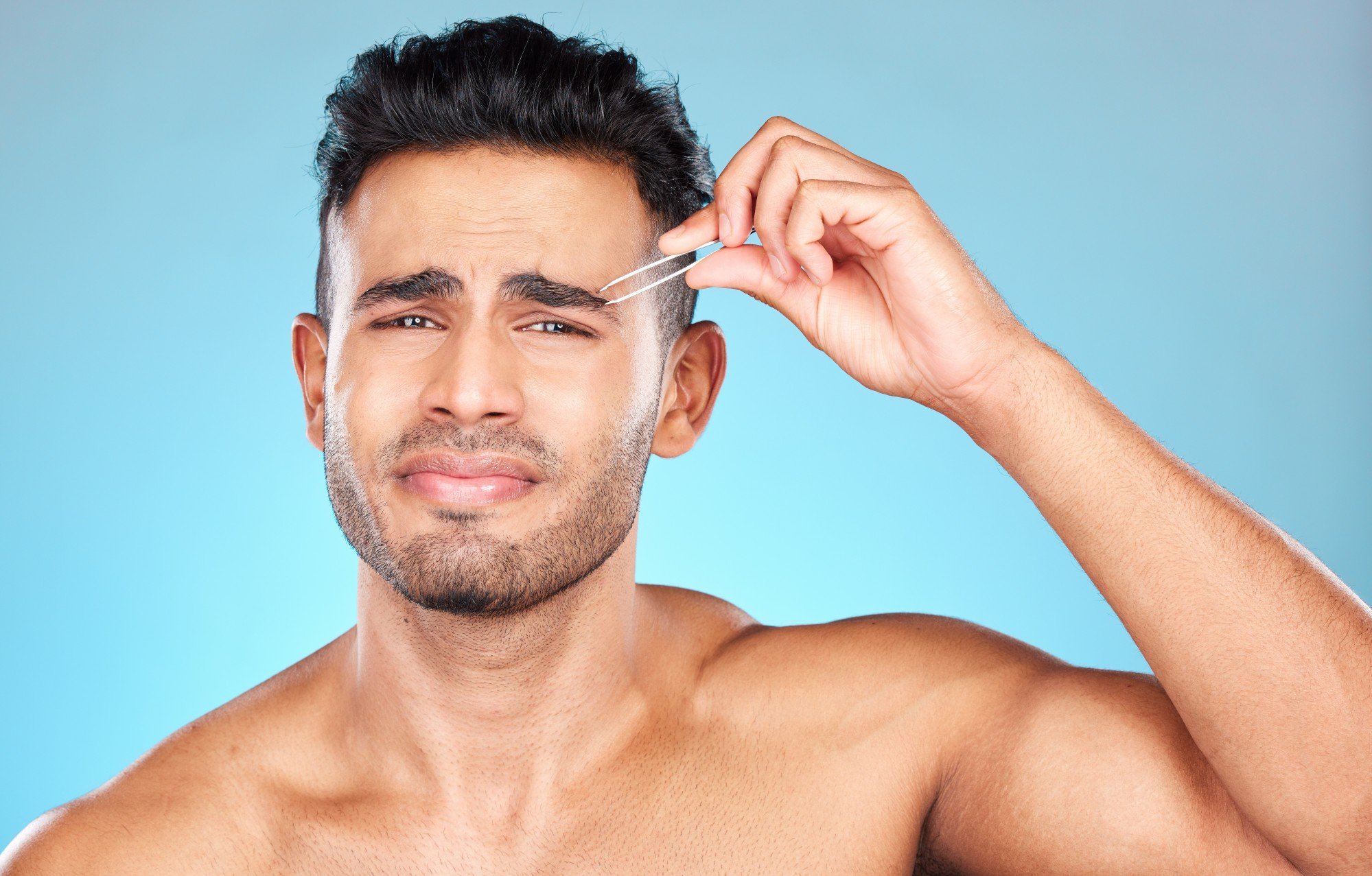I don’t know if it is the intended effect, but they look like a permanently surprised cartoon character with arched, bushy eyebrows. It is supposed to last only a few weeks, and for their sake, I hope that is indeed the case.
The Chinese have a unique word, dai, that specifically refers to cosmetics for the eyebrows.
The most ancient form of dai was the burnt end of a twig. These rudimentary eyebrow pencils were later replaced by powdered minerals like lazurite, mica or talcum, with dyes and scents added. The greenish black powder was applied with a moistened brush.
The most precious and sought after brow enhancer was the luozi dai, imported from Persia (modern-day Iran), which was made from a kind of seashell milled into a fine dust.
How perfume came to China from ancient Persia, then the know-how to make it
How perfume came to China from ancient Persia, then the know-how to make it
Depending on the fashions of the period, some of the brows that ancient and medieval Chinese women drew on their own faces would be considered bizarre and even comical today.
There were brows that resemble feathers, tadpoles, or daggers. Some looked like short, fat silkworm cocoons that rested near the top of a shaved forehead. Some were deliberately tilted downwards at the ends to effect a look of perpetual sadness, or the other way around as if their owners were in a state of permanent irritation.
At one time, even the unibrow was fashionable.
Chinese period movies or television dramas always show women with hair and make-up that have been modernised and “audience-proofed”. From written records and paintings, we know that women in premodern China did not look anything like what we see on screen.

He was a good administrator who ran a safe, orderly city. However, word soon got out that he did something scandalous in the privacy of his bedroom: he drew his wife’s eyebrows on for her!
Zhang’s enemies in the government took a chaste, intimate act between husband and wife and blew it out of proportion, impeaching him with the serious charge of subverting the social order by debasing himself, a man and an official, before a mere woman.
‘The lowly give way to the noble’: ancient Chinese traffic rules
‘The lowly give way to the noble’: ancient Chinese traffic rules
The emperor had to launch an investigation into the scandal. While Zhang admitted that he did help his wife with her make-up, he protested that it was a private affair that was nobody’s business.
Besides, “in the privacy between man and wife,” he said, “there are things more excessive than the drawing of eyebrows.”
Zhang survived the impeachment and remained in his job, but his involvement in “Eyebrow-gate” meant that he was never promoted to a more senior position for the rest of his career in government.
Looking in the mirror, I see that my eyebrows are looking a little unruly, with stray hairs protruding, cockroach feeler-like. I’ve made a mental note to avail myself of the eyebrow trimming service on my next visit to my barber.







